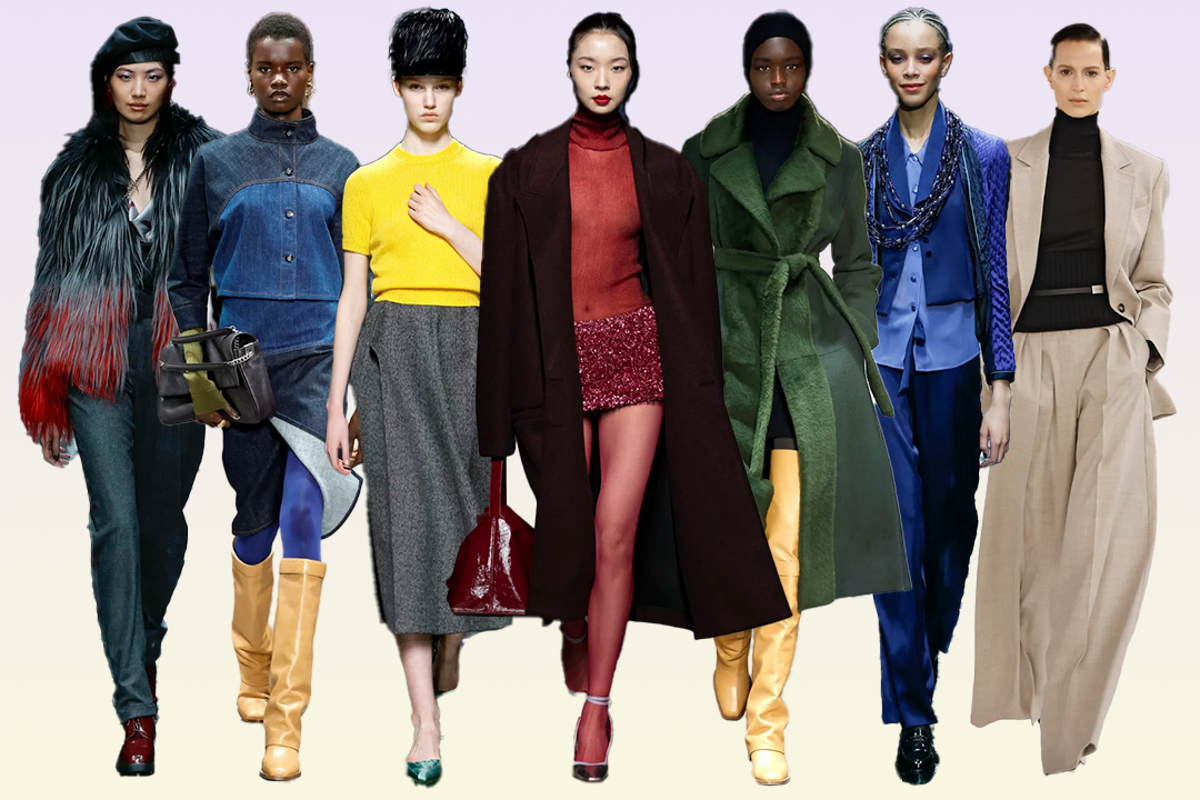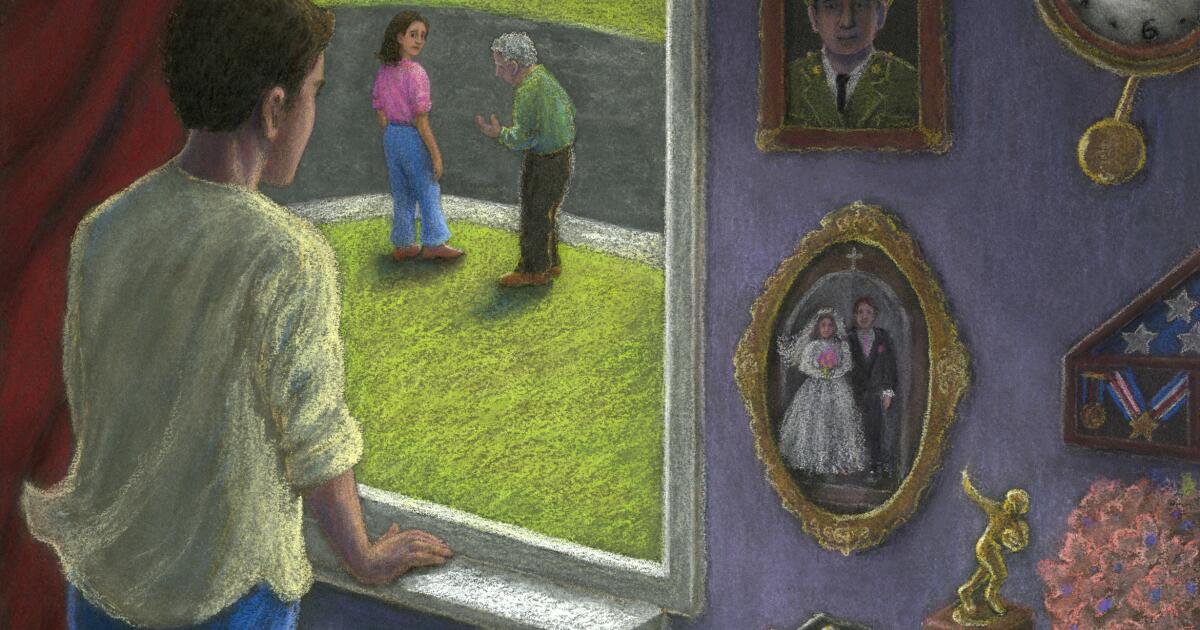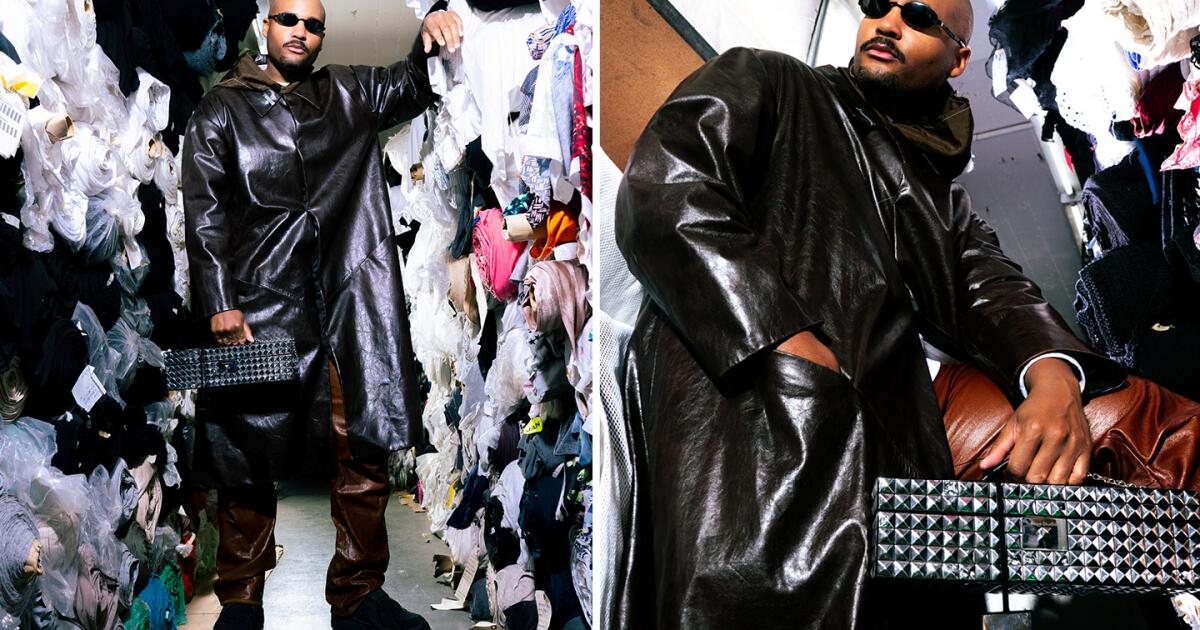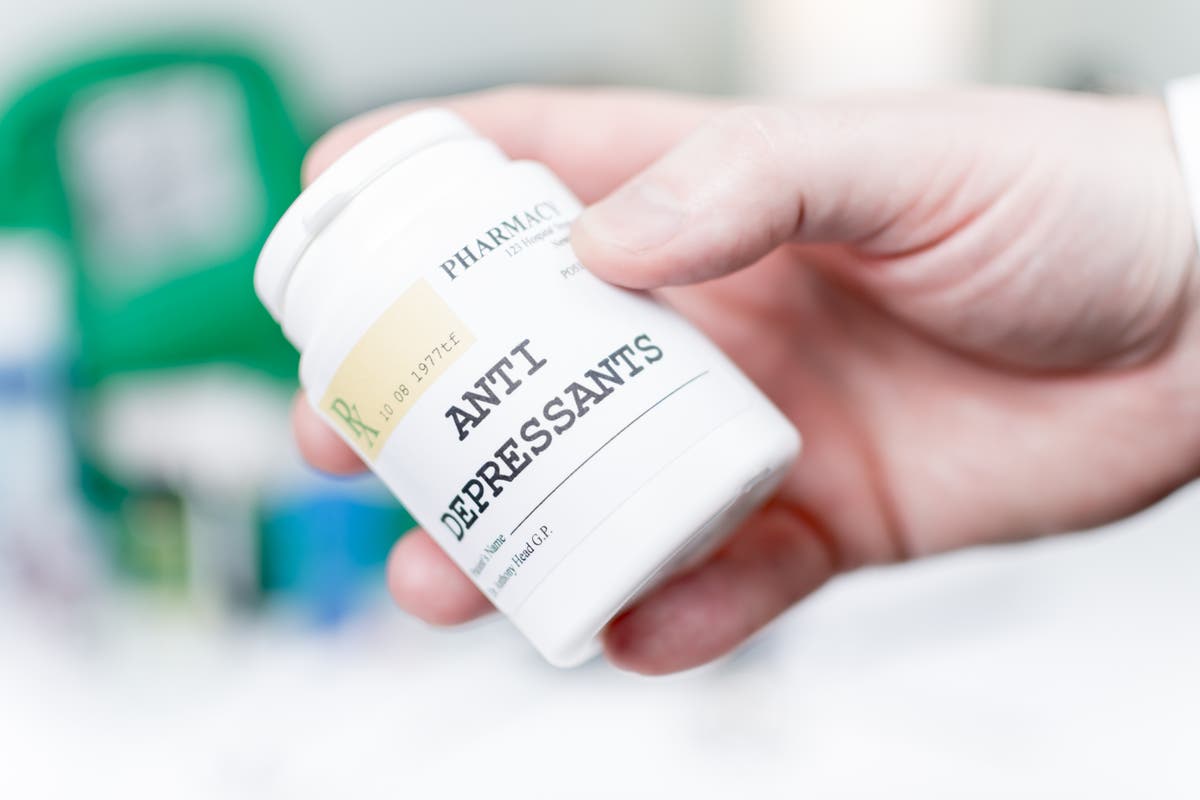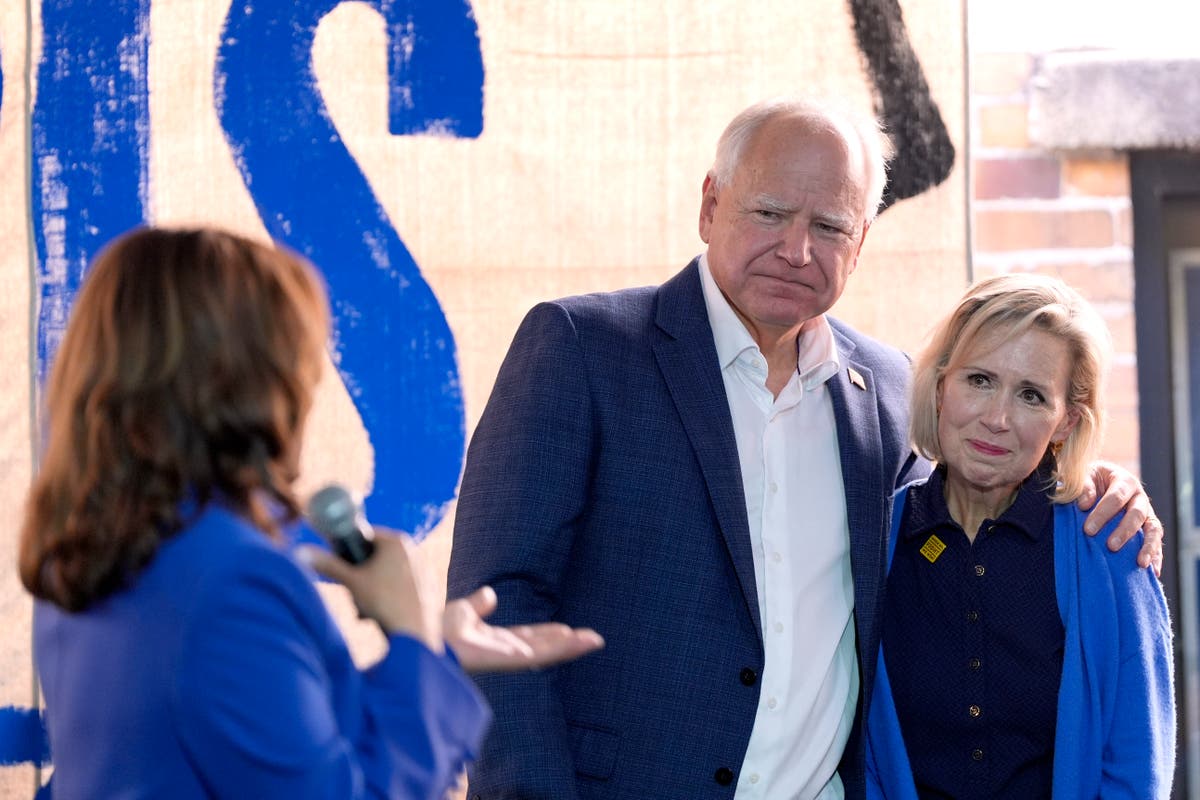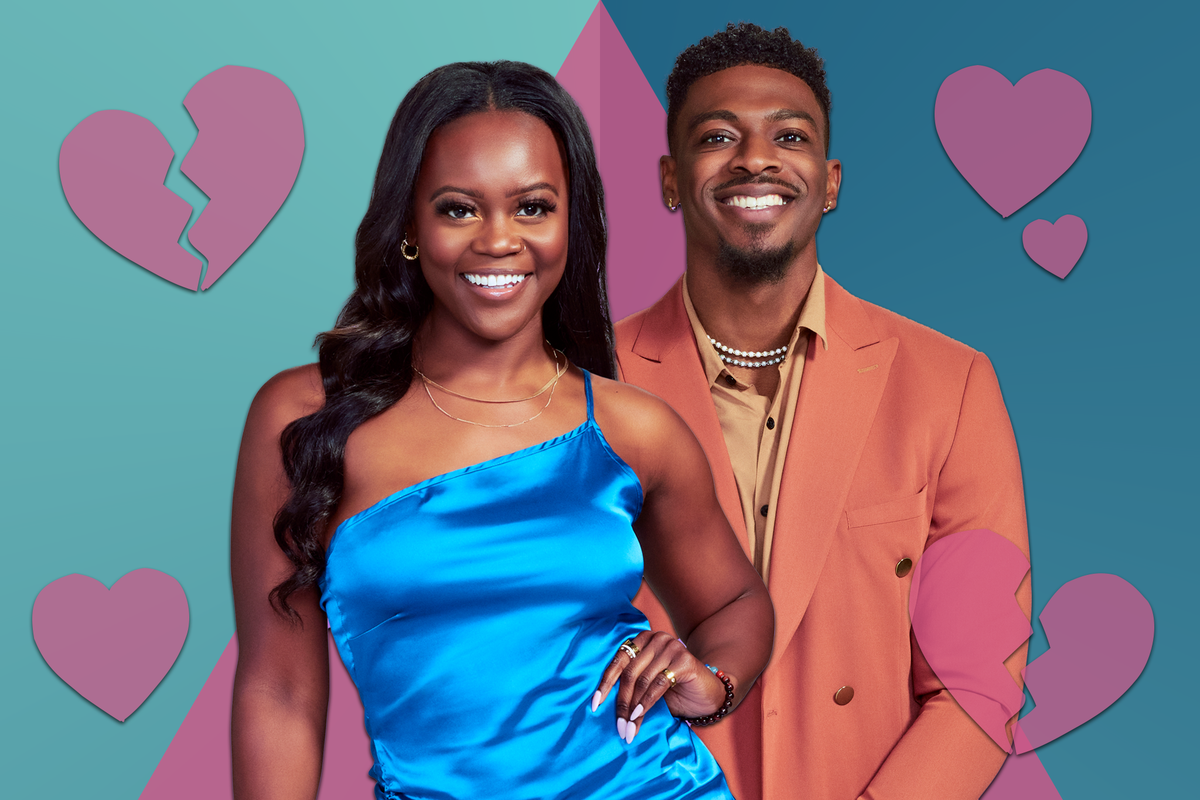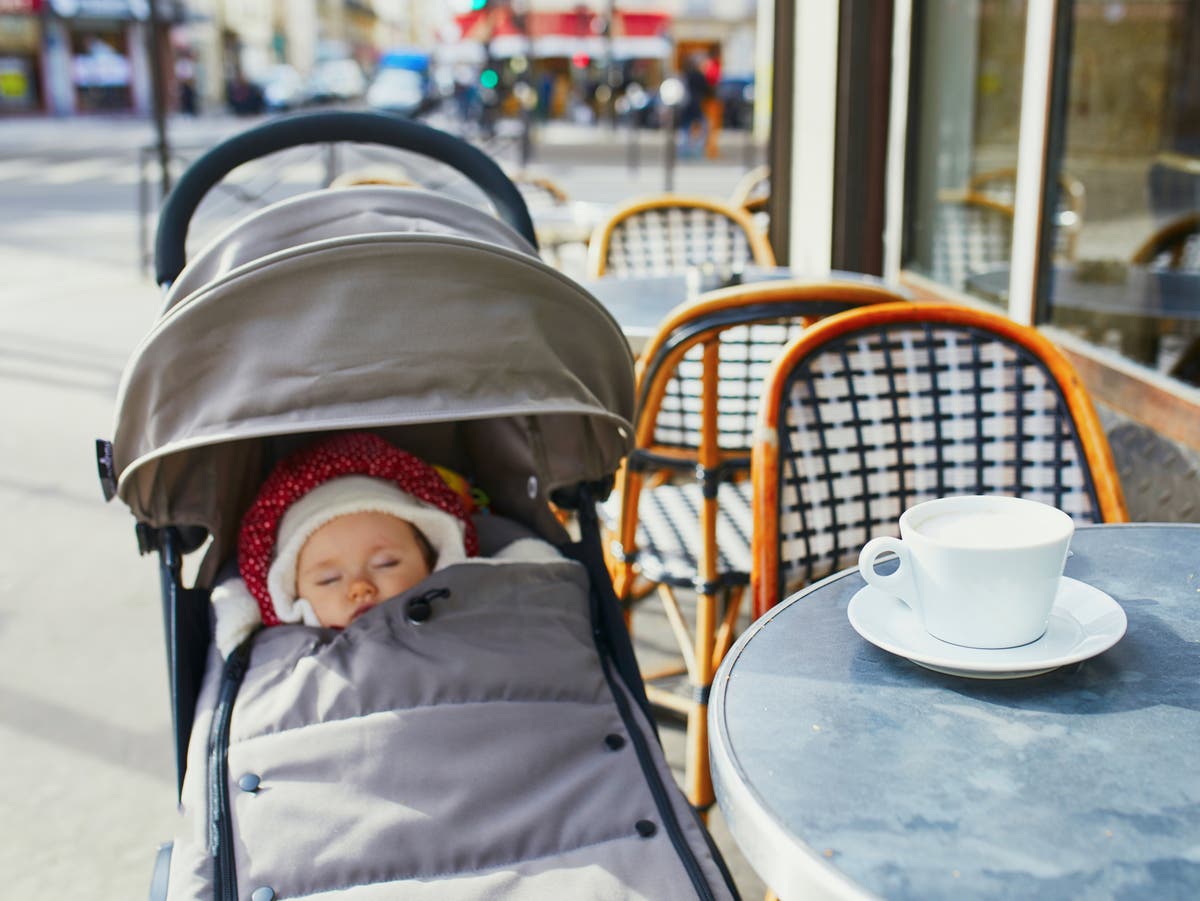Trend forecasters are all over TikTok these days and are well known for their ability to drive consumer demand.
Before the digital age took the world by storm, most people turned to magazines for advice, where fashion editors effectively translated haute couture runway collections to the masses with editorial features and shoots. of pictures. They were the gatekeepers of style, but as social media makes fashion more accessible, consumers have replaced traditional trend forecasters in favor of amateur influencer forecasters.
Platforms like Instagram and Pinterest have long acted as sources of fashion inspiration, spawning the original wave of what we now call influencers, but in recent years, TikTok has usurped Instagram as a fashion breeding ground. The platform's unique algorithm has allowed fashion trends to grow, evolve and disappear at an unprecedented rate.
Under #FashionTok, which has garnered billions of views, new fashion gatekeepers have emerged and are using their continually viral takes to influence the masses.
Fashion analyst and writer Mandy Lee (@oldloserinbrooklyn), who has over 500,000 followers on TikTok, has become a #FashionTok favorite over the years for her uncanny ability to forecast trends, namely, the “sleazy indie” trend inspired by the mid-aughts and the ballet slipper revival during the balletcore craze.
It has popularized its own trends, such as the #75Hard Challenge, in which people commit to not buying more clothes and instead keep styling pieces they already own for 75 days. She also coined the “Macaroon method” for winter styling, a method based on the layering choices of The Row founders Mary Kate and Ashley Olsen.
The influence of TikTok trend forecasters like Lee and her contemporaries, Agustina Panzoni (@thealgorythm) and Coco Mocoe (@cocomocoe), has often reached the mainstream, causing many trends to accelerate.
Australian TikTok trend forecaster Ainsley Coote (@melbgirlambassador) explained to harper's bazaar who often looks to the catwalks to announce a trend. She told the outlet: “I'm just looking at what brands are doing… but part of it is that if I want something to be a trend, I'll say, 'This is going to be a trend.'
“Other TikTokers who do the same thing as me copy [each other],” she continued. “If one person posts a video saying, 'I think this is trending,' in the next few days others will have posted similar videos. It's almost as if enough people said something is happening, everyone would say, 'Oh, it's happening'”.
Experts define short-lived trends as microtrends, referring to certain garments that take over social media for anywhere between a few weeks or months, but don't have much longevity beyond that, like House's green bodycon dress of Sunny that was seen on everyone from Kendall Jenner to her next-door neighbor, but eventually lost steam.
Meanwhile, macro trends are considered evergreen and typically encompass a certain style (like the current 2000s revival) rather than a singular item or print. Macrotrends tend to have a longer lifespan, typically lasting multiple fashion cycles.
In a report titled The new fashion algorithm: how TikTok ended the trend cycle London-based digital agency The digital fairy He noted that TikTok trend forecasters have helped create “the new style economy” and accelerate the trend cycle to an alarming degree. They noted that trends have now become so tiny and short-lived that few today rarely have a real-world impact despite going viral on the platform.
The fashion industry, however, has taken note of TikTok's dominance over consumers, with fashion business have your own weekly TikTok trend tracker to monitor content creators and emerging trends. TikTok itself also has its own trend report that users can check out.

